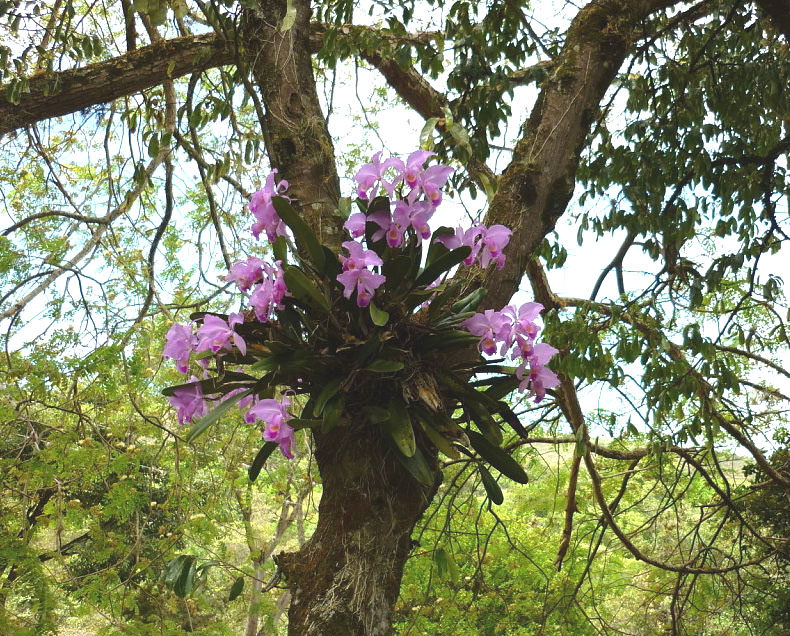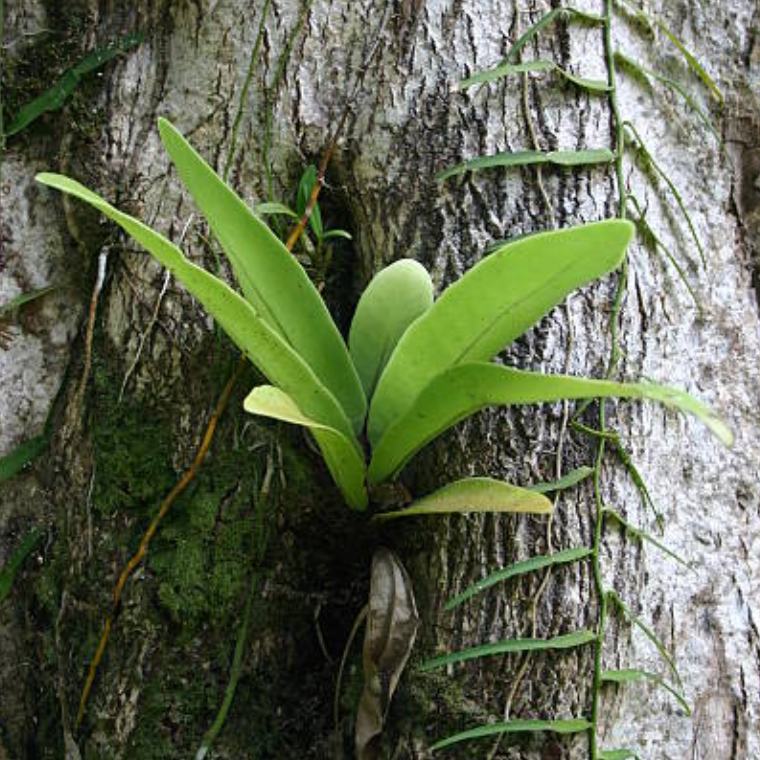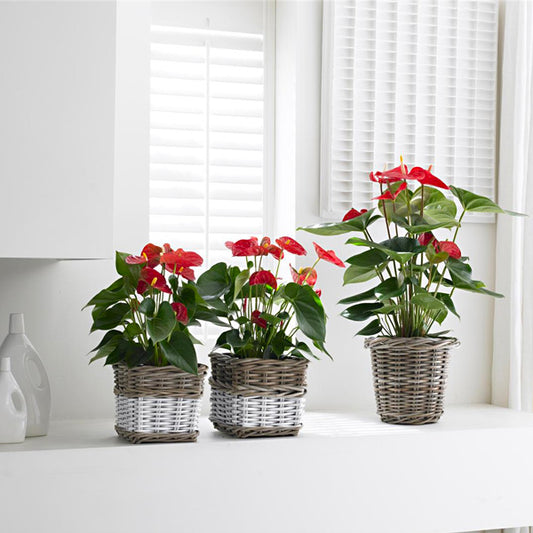Epiphytic orchids

Epiphytic orchids are a type of orchid that grows without soil or potting media, often attaching itself to trees instead. These plants have adapted to a unique lifestyle, thriving in the humid and warm environments of tropical rainforests, where they can obtain water and nutrients from the air around them. In this article, we will explore the fascinating world of epiphytic orchids, including their anatomy, habitat, and how to care for them.
Anatomy of Epiphytic Orchids

Epiphytic orchids have a unique anatomy that enables them to grow and thrive without soil. They have specialized aerial roots that absorb moisture and nutrients from the air and rain. These roots also help the plant anchor itself to the tree or rock that it is growing on. Epiphytic orchids also have pseudobulbs, which are specialized storage organs that store nutrients and water for the plant to use during dry periods. The leaves of epiphytic orchids are typically thick and leathery to reduce water loss and withstand harsh weather conditions.
Habitat of Epiphytic Orchids

Epiphytic orchids are found primarily in tropical rainforests, where the humidity and warmth provide an ideal environment for them to thrive. They can also be found in other environments such as savannas and deserts, but their growth is often stunted in these conditions. In the rainforest, epiphytic orchids can be found growing on trees, rocks, and other plants, often high up in the canopy where they can obtain the most sunlight.
Caring for Epiphytic Orchids
Caring for epiphytic orchids can be challenging, but with the right knowledge and attention, these beautiful plants can thrive in your home or garden. Here are some tips for caring for epiphytic orchids:
-
Light: Epiphytic orchids need bright, indirect light to grow and bloom. They should be placed near a window that receives bright but filtered light, or under grow lights if grown indoors.
-
Water: Epiphytic orchids should be watered regularly but not overwatered. They should be allowed to dry out slightly between waterings, and any excess water should be drained from the pot to prevent the roots from rotting.
-
Humidity: Epiphytic orchids need good humidity to thrive. They can be misted regularly or placed in a humid room, such as a bathroom or kitchen.
-
Fertilizer: Epiphytic orchids should be fertilized regularly with a balanced orchid fertilizer to provide them with the necessary nutrients to grow and bloom.
-
Potting: Epiphytic orchids should be grown in a well-draining orchid potting mix that allows air to circulate around the roots.
FAQs
-
How do I know if my epiphytic orchid is getting enough light?
Answer: Epiphytic orchids should have bright but filtered light. If the leaves turn yellow or brown, the plant may be getting too much light, while if the leaves are dark green and the plant is not blooming, it may not be getting enough light.
-
Can I grow epiphytic orchids indoors?
Answer: Yes, epiphytic orchids can be grown indoors as long as they receive bright, indirect light and high humidity.
-
How often should I fertilize my epiphytic orchid?
Answer: Epiphytic orchids should be fertilized every 2-4 weeks with a balanced orchid fertilizer.
-
Can I repot my epiphytic orchid?
Answer: Yes, epiphytic orchids should be repotted every 2-3 years or when potting media is decomposed.


